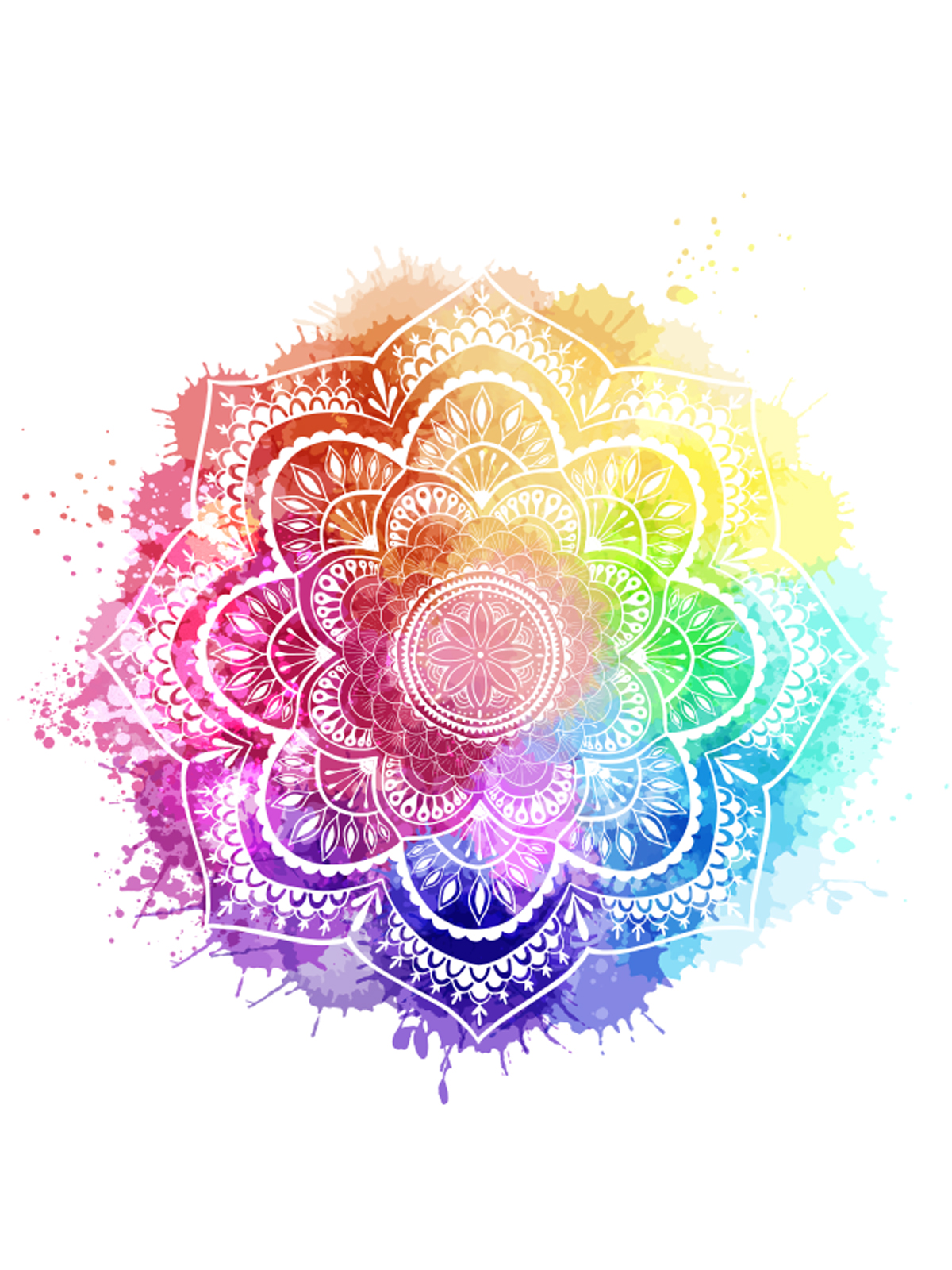Category: Design
The Vibrant World of Color: Its Profound Importance in Our Lives
Color surrounds us everywhere we go, from the natural beauty of a sunrise to the carefully chosen hues in our home decor. It's not just a visual phenomenon; color is an integral part of our lives that influences our emotions, behavior, and even our perceptions of the world. In this blog, we will delve into the profound importance of color and how it impacts various aspects of our daily existence.
Color and Emotions
One of the most evident ways in which color affects us is through our emotions. Each color carries a unique psychological significance. For instance, blue often evokes feelings of calm and serenity, while red can stir up passion and energy. Interior designers use this knowledge to create atmospheres that align with their clients' emotional goals. In a restaurant, warm, vibrant colors may encourage a lively atmosphere, while a spa might opt for cooler, soothing tones to promote relaxation.
Color and Branding
Businesses understand the power of color when it comes to branding. Companies carefully select colors for their logos and marketing materials to convey specific messages and emotions. For instance, the use of red in fast-food logos is no coincidence; it's meant to stimulate appetite and urgency. The choice of color in branding plays a crucial role in shaping consumer perceptions and loyalty.
Color and Memory
Color can also significantly impact our memory. Research has shown that information presented in color is more easily remembered than information in black and white. This is why textbooks, presentations, and advertisements often incorporate color to enhance retention. In your personal life, you might use color-coding to organize your calendar or prioritize tasks, harnessing the power of color to improve memory and productivity.
Color in Culture and Symbolism
Colors hold cultural and symbolic significance across the world. For instance, in many Western cultures, white is associated with purity and weddings, while in some Eastern cultures, it signifies mourning. Understanding the cultural context of color is vital in fields like art, fashion, and design to avoid unintentional miscommunication or offense.
Color in Health and Well-being
Color therapy, or chromotherapy, is an alternative healing practice that believes in the therapeutic effects of different colors on our physical and emotional well-being. While scientific evidence supporting these claims is limited, some people find comfort and relaxation in color-based treatments like light therapy. Moreover, healthcare professionals may use color to create healing environments in hospitals and clinics, where calming blues and greens can help reduce patient stress.
Conclusion
Color is not just a visual experience; it's an integral part of our existence that influences our emotions, memories, and even our cultural and social interactions. Recognizing the importance of color can empower us to make informed choices in various aspects of life, from interior design to branding and personal well-being. As we navigate our colorful world, it's worth pausing to appreciate the impact that the shades and hues around us have on our daily lives, perceptions, and experiences.








